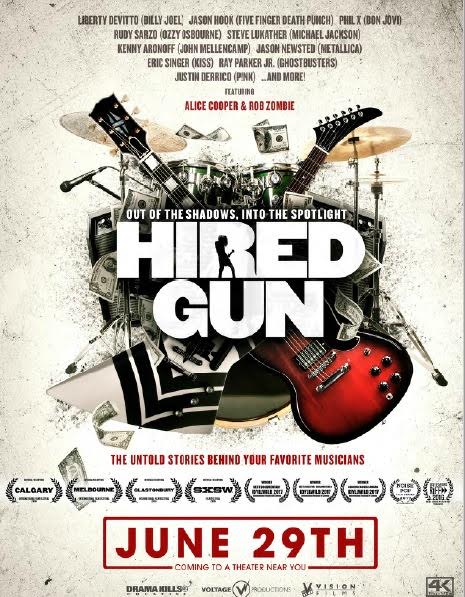 HIRED GUN opens for one night only in theaters nationwide TODAY, Thursday June 29, 2017. It is positioned as the quintessential summer film, a rock documentary feature about the stars behind the stars. The film features session and touring musicians that are hired by well-established and famous bands and artists from Billy Joel to Pink to Metallica, and KISS, among many others.
HIRED GUN opens for one night only in theaters nationwide TODAY, Thursday June 29, 2017. It is positioned as the quintessential summer film, a rock documentary feature about the stars behind the stars. The film features session and touring musicians that are hired by well-established and famous bands and artists from Billy Joel to Pink to Metallica, and KISS, among many others.
These hired guns — some household names, some not — are undeniable masters of their craft who talk about the art of creating historic rock ‘n roll music of our time. “Hired Gun” is a unique motion picture with the pedigree of winning numerous festivals and making an impact with print editors and the rock community in advance of its June 29th US premiere.
Read More »
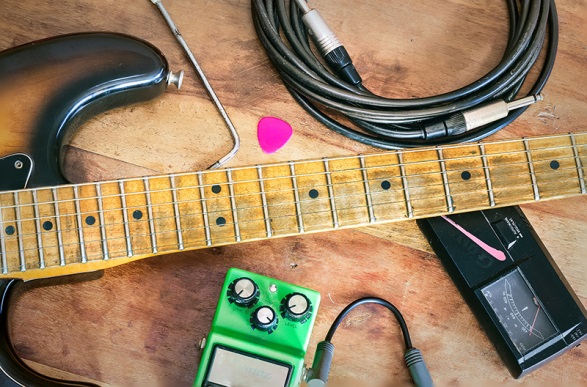 We’d like to introduce and welcome a guest blog from Natalie over at MusicalAdvisors.com. She has some tips to offer for those interested in using guitar effects. Consider these a good starting point for readers looking for introductory advice – DS
We’d like to introduce and welcome a guest blog from Natalie over at MusicalAdvisors.com. She has some tips to offer for those interested in using guitar effects. Consider these a good starting point for readers looking for introductory advice – DS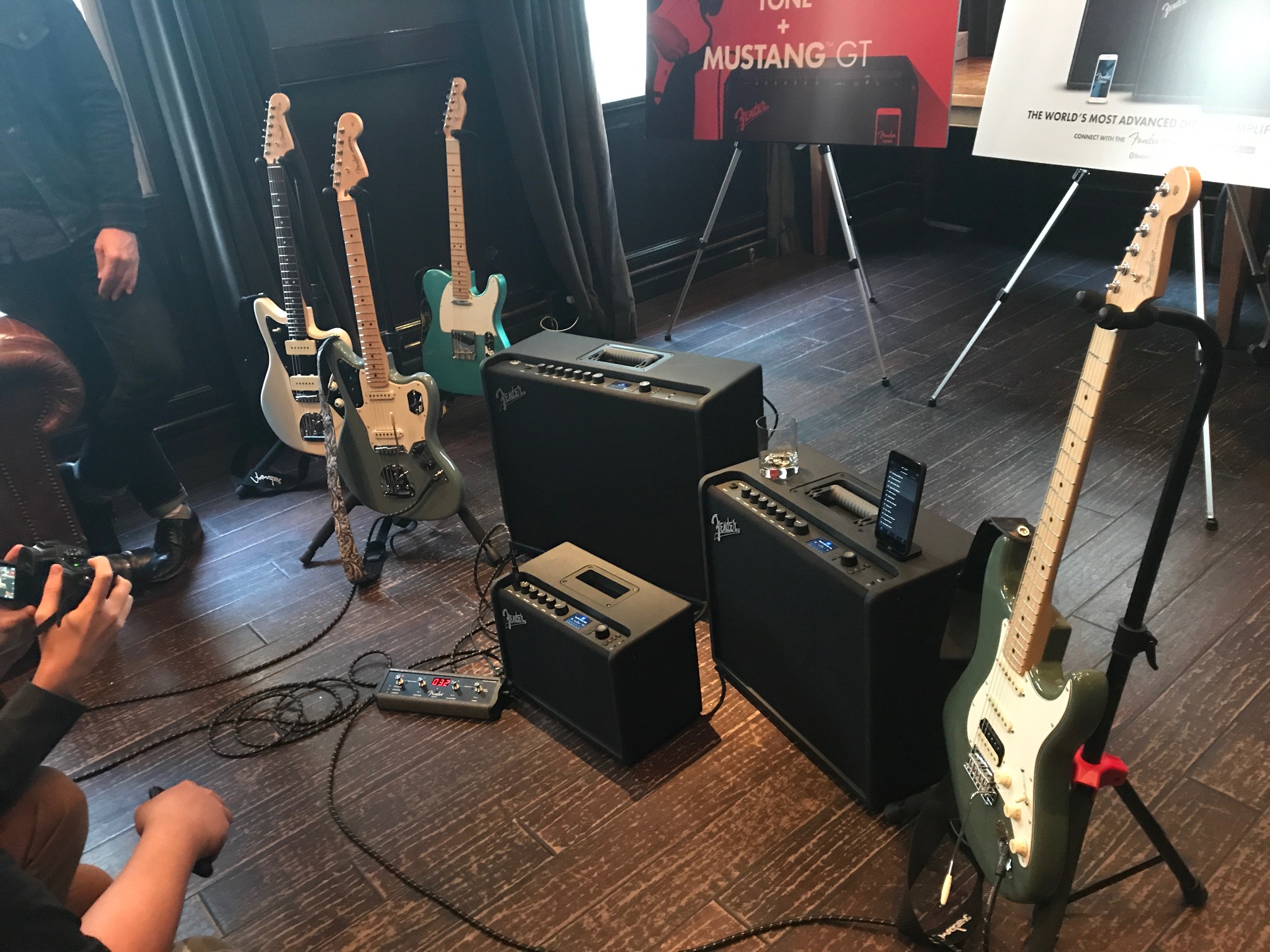 Guitarists (myself included) tend to live in an unusually backward-technology world. Meaning, what was made back then was generally always considered better and more valuable than what is being made now. The proof is in our love of all things vintage, whether we’re talking tube amps, guitars, or effects.
Guitarists (myself included) tend to live in an unusually backward-technology world. Meaning, what was made back then was generally always considered better and more valuable than what is being made now. The proof is in our love of all things vintage, whether we’re talking tube amps, guitars, or effects. Not every overdrive or distortion pedal has a pedigree that begins with the influence from a Tube Screamer. Many of today’s designers look to other classics to either modify or create their own variations. Today we’ll spend time with the Analogman DS-1 Pro Mod with midrange control, Keeley’s Super Phat Mod Full Range Overdrive and the Totally Wycked Audio (TWA) Hot Sake. Each has its own unique story and tone so join us as we explore them further.
Not every overdrive or distortion pedal has a pedigree that begins with the influence from a Tube Screamer. Many of today’s designers look to other classics to either modify or create their own variations. Today we’ll spend time with the Analogman DS-1 Pro Mod with midrange control, Keeley’s Super Phat Mod Full Range Overdrive and the Totally Wycked Audio (TWA) Hot Sake. Each has its own unique story and tone so join us as we explore them further.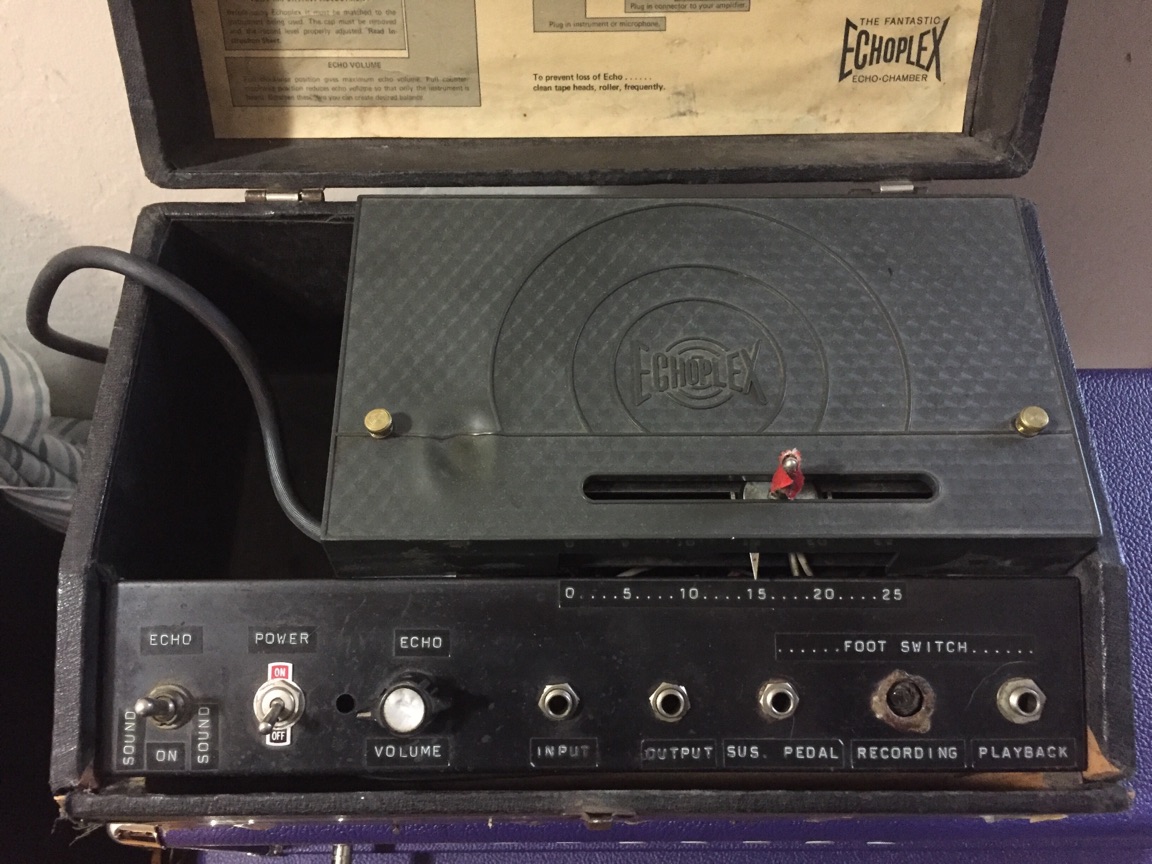 I wanted to share an interesting story and historical piece for you, our dear readers. First some background on the Echoplex tape echo. If you haven’t played through an Echoplex, they are truly legendary tape echo units and should be experienced. In the 1960s and 1970s, when you wanted echo, tape echo was the way to do it. When smaller solid state echo pedals emerged during the mid ‘70s using Bucket Brigade Device (BBD) technology, they were convenient, but lacked the ability to produce long repeat times versus what a tape delay could offer (most analog solid state delay pedals were limited to just 300ms. of delay time). They also sounded different.
I wanted to share an interesting story and historical piece for you, our dear readers. First some background on the Echoplex tape echo. If you haven’t played through an Echoplex, they are truly legendary tape echo units and should be experienced. In the 1960s and 1970s, when you wanted echo, tape echo was the way to do it. When smaller solid state echo pedals emerged during the mid ‘70s using Bucket Brigade Device (BBD) technology, they were convenient, but lacked the ability to produce long repeat times versus what a tape delay could offer (most analog solid state delay pedals were limited to just 300ms. of delay time). They also sounded different.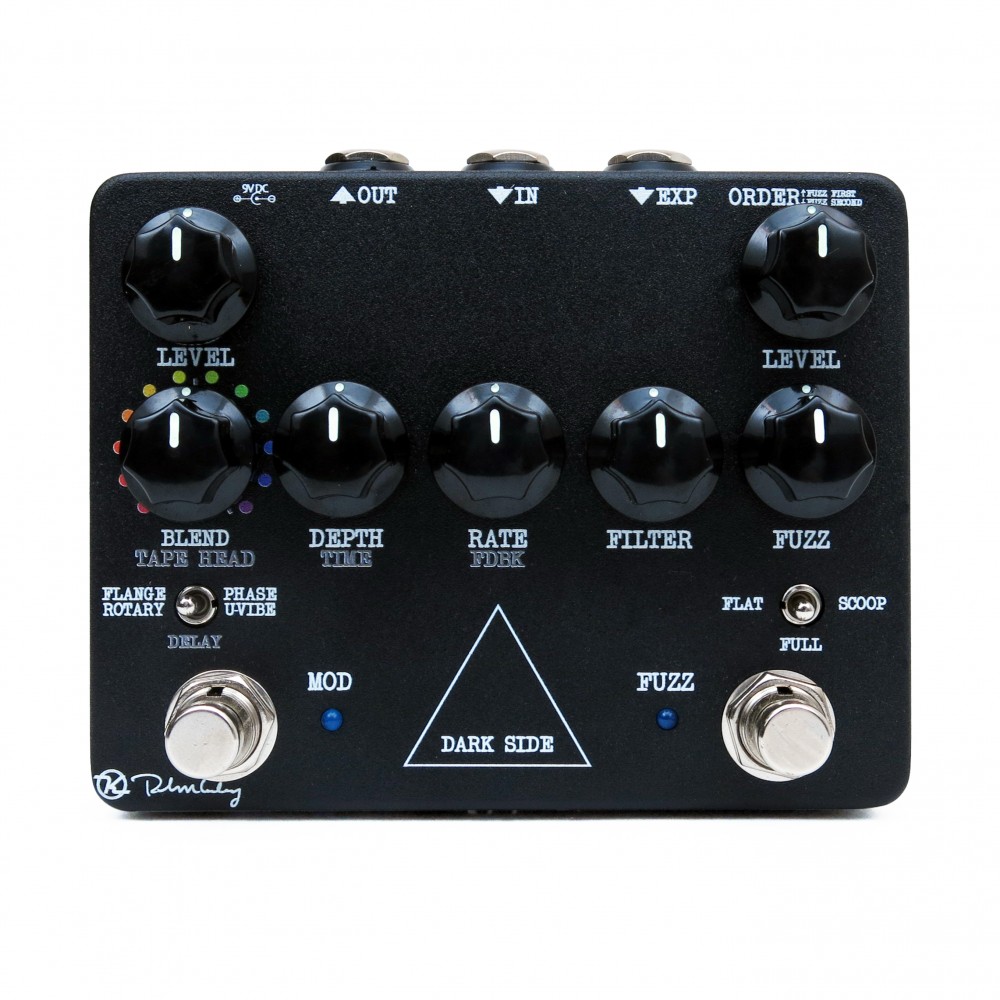 The new addition to the
The new addition to the  The
The  At LegendaryTones we certainly love discussing gear, but make no mistake, the gear is only part of the equation when it comes to tone and being a better player. A great player, with excellent technique and one who has the knowledge to apply musical principles, will not only be more enjoyable to listen to, but also have better overall tone. There certainly is truth to the adage, at least to some degree that “tone is in the fingers.”
At LegendaryTones we certainly love discussing gear, but make no mistake, the gear is only part of the equation when it comes to tone and being a better player. A great player, with excellent technique and one who has the knowledge to apply musical principles, will not only be more enjoyable to listen to, but also have better overall tone. There certainly is truth to the adage, at least to some degree that “tone is in the fingers.” In the 1980’s, Boss pedals were regarded as best-in-class when looked at from any number of perspectives. From the company’s well-deserved reputation for innovation and creativity, to it also having the most robust and virtually bullet proof effects available for touring musicians. Indeed, I was a loyal player of Boss pedals during my teens and proudly used an all-Boss pedal board for years. Let’s not forget that many great professional musicians also used those brightly-colored Boss boxes as well.
In the 1980’s, Boss pedals were regarded as best-in-class when looked at from any number of perspectives. From the company’s well-deserved reputation for innovation and creativity, to it also having the most robust and virtually bullet proof effects available for touring musicians. Indeed, I was a loyal player of Boss pedals during my teens and proudly used an all-Boss pedal board for years. Let’s not forget that many great professional musicians also used those brightly-colored Boss boxes as well.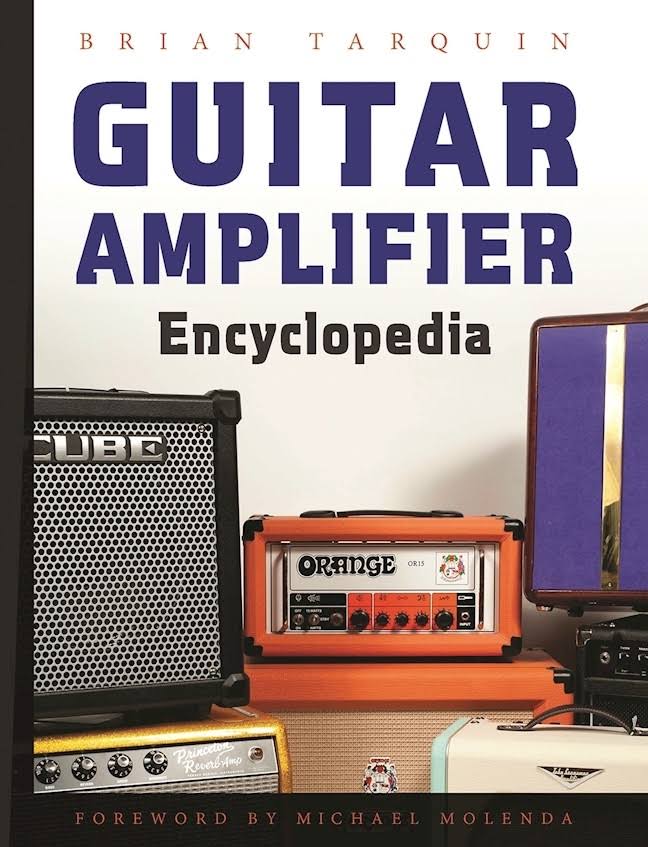 It’s no secret that the editorial staff at LegendaryTones shares a passion about guitar amplifiers. While famous guitarists around the world are mostly known for their association with particular guitars, we feel the amps are the true unsung heroes behind any guitarist’s rig.
It’s no secret that the editorial staff at LegendaryTones shares a passion about guitar amplifiers. While famous guitarists around the world are mostly known for their association with particular guitars, we feel the amps are the true unsung heroes behind any guitarist’s rig.